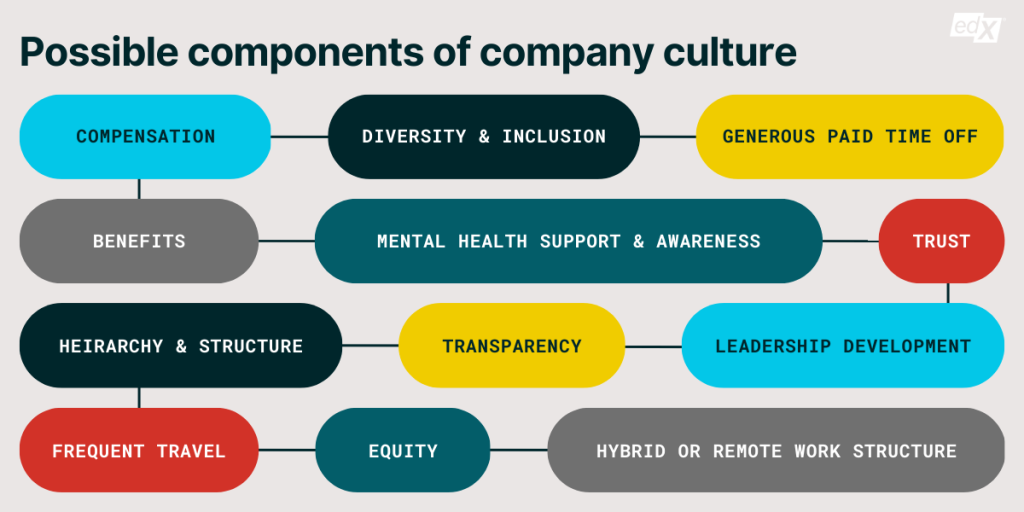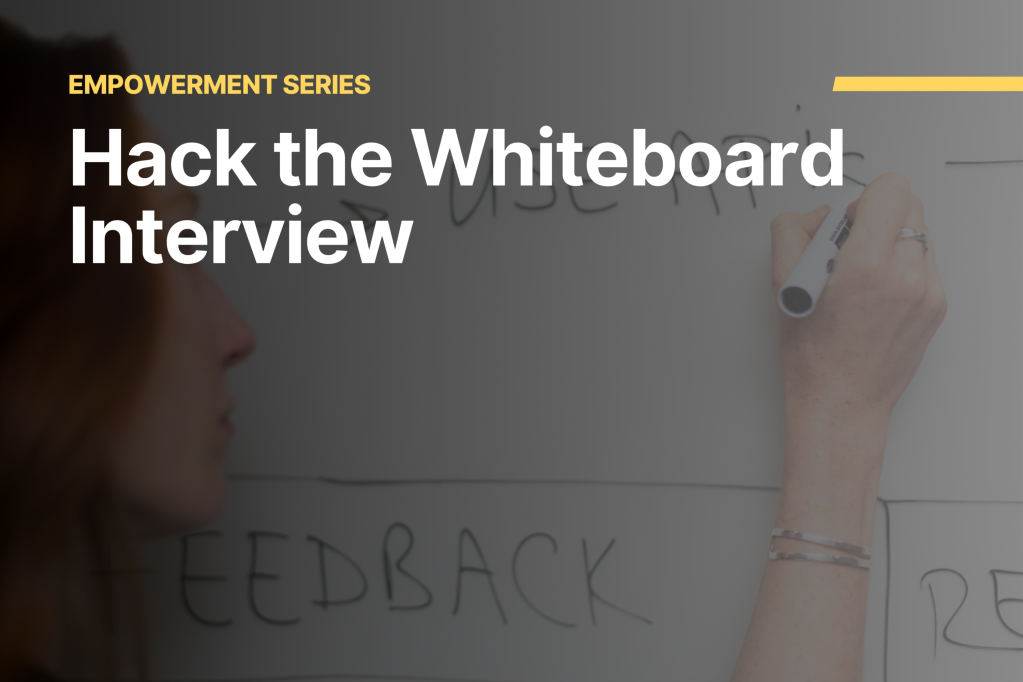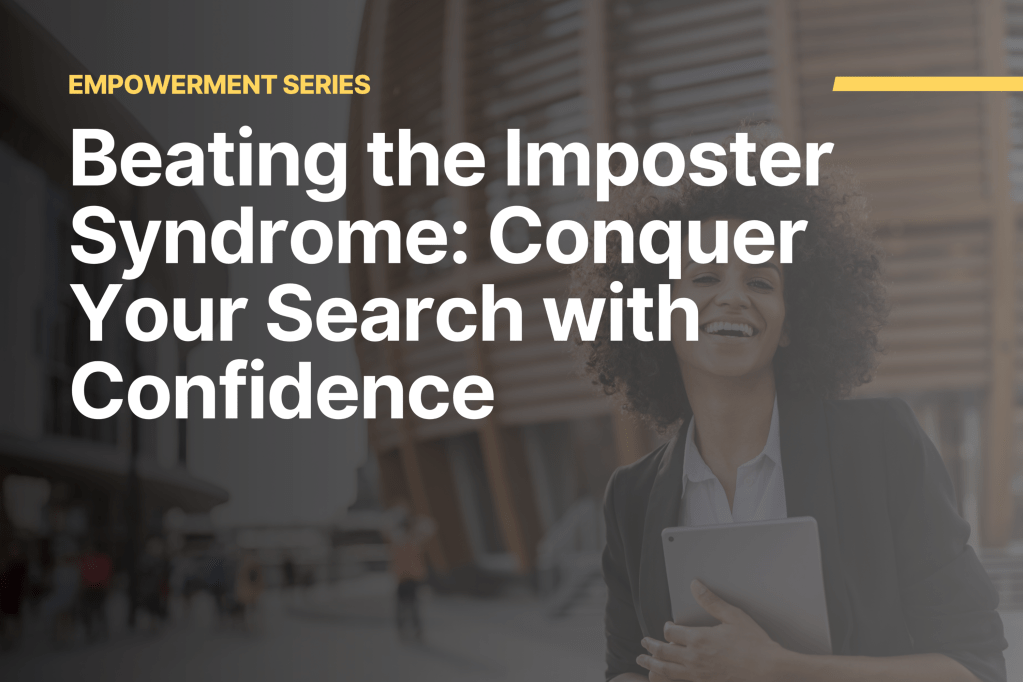90,000 hours. That’s how much time the average person spends at work over a lifetime, according to author Jessica Pryce-Jones.
While Pryce-Jones’s estimate is likely to fluctuate on a case-by-case basis, one thing we can agree on is that work takes up too much of our time to spend it with organizations that do not align with our values and expectations.
Whether you are looking for a role that makes you happy, or are currently in a position that meets all your needs, it is helpful to understand all the factors contributing to your overall satisfaction as an employee. This is where company culture comes in.
Before we dive into the nitty-gritty of company culture, we advise you to keep a few things in mind:
- Understand that culture lives on a spectrum. Just because a culture exists, does not mean it is a healthy one.
- Recognize that even though company culture often goes unspoken, it is essential to the functions and successes of teams and organizations.
- Company culture is hard to quantify. Often made up of abstract themes and values as well as trackable initiatives, company culture is best tracked through metrics like engagement, alignment, and satisfaction.
With those disclaimers out of the way, we hope to provide you with a greater understanding of what company culture is, what it looks like in practice, and how you can find alignment in your own career with curated tips and guidance.
Company culture at a glance
A company’s culture can be so many things, which makes it difficult to define. At a high level, company culture is the assortment of characteristics, values, goals, attitudes, and practices that make up an organization’s identity.
Company culture includes anything from broad topics like compensation and benefits to more specific ones like mental health support and dialogue. See the graphic for more examples.

As we disclaimed above, the metric for success in organizational culture is not cut-and-dry because there are so many factors to consider. Ideal work culture can look very different from person to person — and that framework could even evolve over time.
Time is especially relevant when it comes to the organizations themselves. The ability to foster a thriving culture is almost dependent on an ability to evolve and a willingness to change. By listening and being proactive rather than reactive, companies have the potential to create a positive environment that pivots with the changing world.
Company culture in practice
Because each company has its own “recipe” for culture — for better or worse — it is essential for you, as a job seeker or professional, to understand what works best in your career. When it comes down to it, a role could be a great fit for one individual but completely misaligned for another.
With organizational culture, it might be hard to know what you want until you see it or experience it. This is why open dialogue on the topic is so useful.
Let’s look at how two of our industry professionals (IPs) have experienced company culture in their own careers, and break down how those experiences have shaped their criteria for alignment.
Meet Nishtha
Nishtha Arora is a Frontend Developer with Pluralsight, a technology company focused on workforce development.
Arora was ready to trade her non-technical consulting role for something more tech-savvy and signed up for the Coding Bootcamp at the University of Texas at Austin (UT Austin).

One program and two job switches later, Arora is grateful for the great company cultures she’s encountered and the knowledge she’s gained along the way.
My first job was at match. I was very lucky to be a part of that company I learned so much. That was my initial career in Frontend technologies, and as a Web Developer.
I was at a point where I needed to work from home because of family preferences. That was the reason why I made a switch into my current company, who was giving me a full time remote opportunity, and so I could just work from home.
When I was looking for change, obviously perks and benefits is the top priority: you need to earn to live. So, I was looking for a pay up.
I guess company culture is like it’s – it’s like a top priority for me. At least every time i’m looking for a company or interviewing for a company, the first thing I look for is their culture.
Arora’s experiences with company culture:
Positive
- Friendly, professional, and timely HR communications
- Strong diversity and inclusion ratios
- Positive interview experience reviews
- Low employee turnover
- Evidence of healthy exposure to and communication with company leaders
- Diverse leadership at top levels
- Mentorship programs and opportunities
- Vibrant office culture with open exposure to colleagues during interviews
- Competitive salaries and compensation
- Work-from-home flexibility
- On-the-job skill development opportunities
- Encouragement of work-life balance and boundary setting
- Organizational agility with a focus on adapting to new technologies
- Sustained positive culture post-reorg
- Open platforms for feedback and opinions
Negative
- Pressure to expedite interviews and the general hiring process
- Lack of communication from recruiters
- Negative Glassdoor reviews
- Inexperienced workforce despite company maturity
- Ambiguous or biased job postings
- Homogeneous workforce representation
- Evidence of limited employee upward mobility on LinkedIn
- Unreasonable time zone or working hour requests
- Unequal treatment of contractual employees
- Exclusion from perks and benefits
Meet Bri
Bri Aguilar currently works at Fossil Group, Inc. as an E-Commerce Developer.
After receiving her undergraduate degree from the University of Texas at Arlington in Exercise Science, Aguilar knew she needed a change.
She made a pivot and served in the United States Marines, but an injury caused her to change course once more.

After completing the Full Stack Web Development program at Southern Methodist University, Aguilar found her calling in tech.
Literally ever since I was probably in – I don’t know middle school? elementary school? – when I started playing sports all the way up into college, and even in the military. Obviously it’s very – There’s a lot of camaraderie in sports, and the military especially.
So when I was interviewing with fossil, you know, they were telling me how they were switching, or they were migrating over to salesforce. And, so, everybody kind of was in the same boat, as far as how much or how little they knew about salesforce. And we were all working together, we all would have to work together.
Being a developer specifically, I wanted to work with a company that revolves around team and having a team and not only having a team, but being a team.
We worked in teams so much, and we had collaborative work in the SMU Bootcamp, that I knew that I wasn’t just going to be working by myself.
Aguilar’s experiences with company culture:
Positive
- Clearly communicated plans for on-job learning, training, and technology in interviews
- Effective company-wide communication
- Support for employees during layoffs
- Inclusive global work structure
- Comprehensive onboarding
- Collaborative teamwork and learning structures
- Skill development for all employees
- Hands-on tech product exposure
- Fully remote work option
- Leadership transparency and prioritization of time
- Cultural learning and inclusivity focus
- Proactive onboarding with ample resources
Negative
- Questionable gut feelings about leadership or hiring teams
- Unclear contract language and unreasonable requests
- Restrictive noncompete clauses
- Verbal compensation promises or guarantees and odd pay structures
- Rushed decision phase during hiring
- Elusive or empty learning opportunities
- Prioritization of company success over employee well-being
- Misaligned expectations for contracts, internships, and full-time positions
- Unpaid roles with significant responsibilities
- Discriminative practices towards non-permanent employees
Like Arora and Aguilar, you should keep your current and past experiences in mind when considering switching companies or departments, as well as any red or green flags.
Make sure to protect and prioritize your worth as both a professional and human being by periodically checking in with your boundaries, values, and work-related preferences throughout your career.
If you aren’t feeling as sure as our industry professionals and need help knowing where to start when it comes to alignment, have no fear — we’ve got tips and advice for that.
Tips and strategies for finding the right fit
We have utilized our conversations with Aguilar and Arora as well as our own career expertise to curate tips and advice for aligning yourself with the right company culture.
Before applying: Do your research
Make sure to investigate and verify current or former employee experiences through networking and review sites like Glassdoor.
See what’s out there. Check client-facing companies’ Google reviews. These could shed light on the health of a company, the happiness of its employees, and so much more.

Look them up. Explore the internet and see if the company has been in the news for any reason. Any information on the inner workings of the company could paint a picture of what it’s like to work there. Seek out news on:
- Hiring trends like layoffs and work requirements like in-person work.
- Funding information. Do they have money for the benefits, pay, and perks they promise? Do they spend irresponsibly?
- Awards or reputations — for better or worse. Was it recently ranked the best place to work?

Explore potential benefits. Check the company website or LinkedIn profile to see if the essential benefit offerings are listed. If you know what you need in terms of health insurance, paid time off, and more, this is a great time to make sure that the company would be a fit. If appropriate, compare those benefits with your current situation to ensure it will work for you and your life.
If you can find it, cross-check company mission statements with their actions. This is another case where any news, LinkedIn posts, or initiatives will be useful. During this stage, you can verify that organizations practice what they preach before getting wrapped into the hiring process.
At an interview: Observe, assess, and investigate
If your interview is in-person, this could be a great opportunity to assess company culture in action. Try to get a first-hand look at the work environment. Are employees happy? Does the environment seem collaborative?

During the interview, take advantage of any opportunity to ask questions. It’s a two-way street after all. Always use your best judgment and choose questions wisely. Here are some examples of things you could ask:
- How has your company handled any setbacks, such as layoffs or restructuring? How has the company or department supported employees during tough times?
- What features of your company set it apart from others? I.e., benefits, culture norms, etc.
- What are your company or department values and how are they lived out?
- What can I expect from the next stages of the recruitment process?

Pay close attention (or as close as you can) to your interviewers. The way they respond could give you a glimpse into the company culture. Make sure to observe things like:
- Openness to thoughts and opinions
- Clear communication and active listening
- Cohesion with other team members in the room — or lack thereof
General tips
Look out for warning signs.
Know that “the perfect company” may not exist. Sometimes it’s especially important to compromise and negotiate, but other times it’s better to acknowledge and stick to your standards. Observe your current situation and take stock of what is and isn’t working for you.

Understand that the career journey is not linear. If you have the means, embrace the reality that there is more to compensation than just salary. Ask yourself:
- Can I handle a pay decrease if my work-life balance improves?
- Would I be interested in changing to a new role within a company that is more aligned with my values?
- Would I be happier with a role in another department at my own company?
Remember that it’s a two-way street. Companies that consider how candidates add to their culture are probably more invested in employee happiness and vice-versa.

Think about the process holistically. Consider the overall interview process:
- How many interview rounds are there?
- Has your time been respected and valued?
- Did they stop communicating with you without an explanation?
In general, finding a job or career can be stressful — let alone finding one that works for you and your life.
Although we strongly encourage you to consider how a company’s culture aligns with your values and preferences before committing, we recognize that in certain situations, the need for income is highest on the priority list.
Wherever you find yourself in your career journey, remember to use self-reflection as a tool to drive your career decisions. Instead of taking the first opportunity that comes along or staying in a toxic environment, be proactive and find out what companies or industries would suit you, your needs, and your talents. You’ll likely be spending quite a bit of time there after all.










